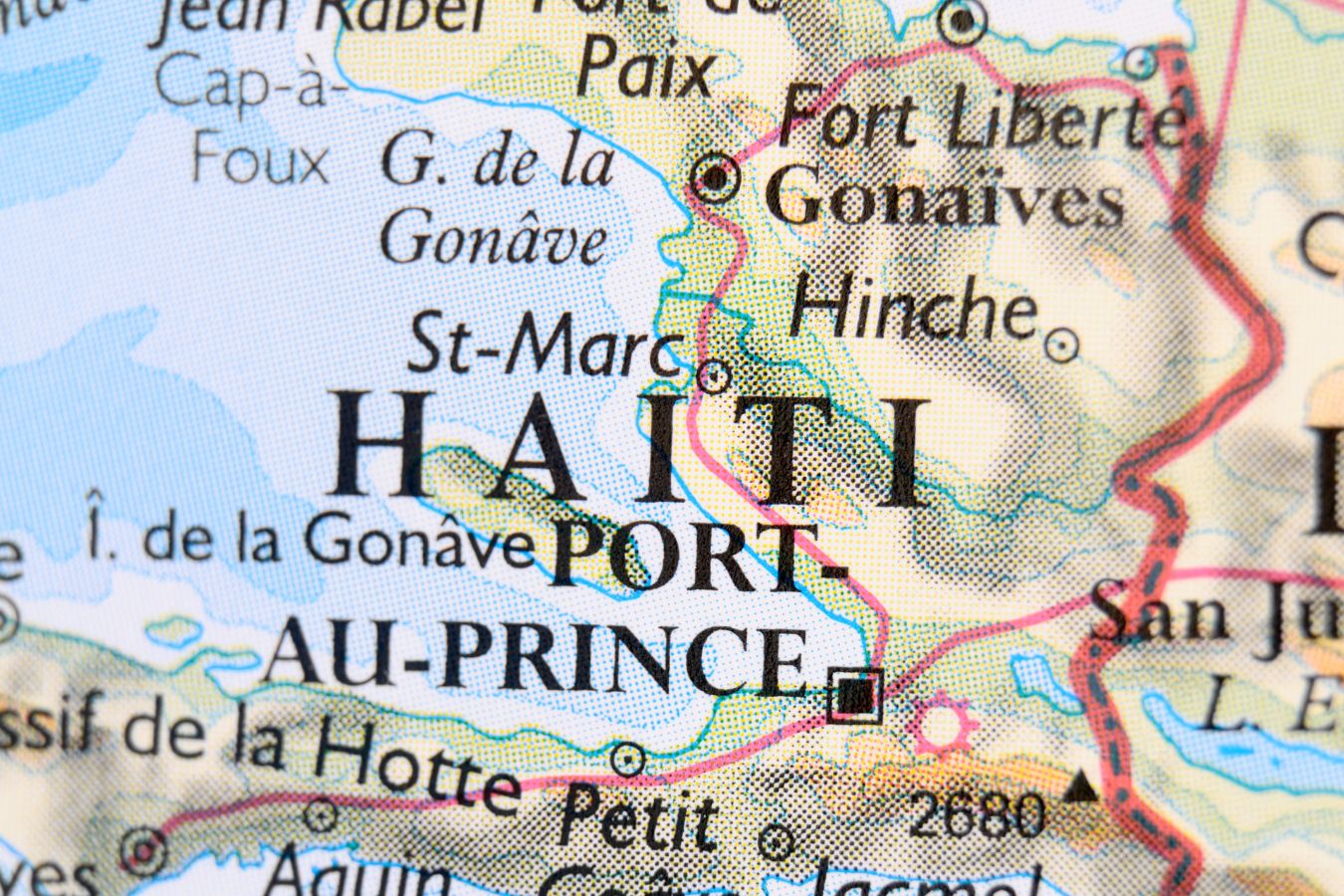
Coffee Origins: Haiti – Coffee was most likely brought to Haiti from the island of Martinique around 1725 when it was still a French possession.
The first coffee plantations were most likely in the Terroir Rouge area of the country’s northeast; ten years later, another coffee plantation arose in the mountains of Haiti’s north.
Coffee production on the island grew fast, and according to some accounts, Haiti produced between fifty and sixty percent of the world’s coffee between 1750 and 1788.

The industry peaked in 1788, and throughout the years of unrest that followed, eventually culminating to independence in 1804, coffee production plummeted.
The abolition of slavery on the island had a negative influence not just on coffee output, but also on the country’s ability to trade internationally.
However, the sector would gradually recover, reaching a new high in 1850 before declining again. In the 1940s, coffee output exploded once more, and Haiti produced one-third of the world’s coffee in 1949.
Coffee production, like many other elements of Haiti’s economy, declined during the Duvalier regimes, which lasted from 1957 to 1986, and natural catastrophes would exacerbate the situation.
Following the collapse of the International Coffee Agreement in 1990, farmers were reported to be burning their coffee trees to manufacture charcoal to sell instead.
A group called Fédération des Associations Caféières Natives (FACN) was founded in the mid-1990s. It would purchase dried parchment coffee before milling, sorting, and blending it. It was uncommon that the coffee had been washed rather than dry processed.
It invented the Haitian Bleu brand, which refers to the color of the raw coffee induced by the washing process, and it was in charge of its distribution. It was able to raise prices paid to growers as a result of this for a time.
While it was not traceable in the manner that specialty coffee is now, it did generate a premium for provenance and tale. However, mismanagement of the organization resulted in dwindling quantities, and failure to meet contracts with roasters eventually led to the FACN’s demise and bankruptcy.

The 2010 earthquake that wreaked havoc on the island also wreaked havoc on the coffee business, which had been steadily declining. It was worth $7 million in 2000, but by 2010 it was only worth $1 million.
Along with mangoes, the second major crop, coffee was expected to play a role in the country’s economic revival. Various nongovernmental organizations (NGOs) have tried to invest in the business, and while the country exports high-quality washed coffee, the industry is still small and developing slowly.

Traceability
If you can find high-quality coffee from Haiti then it is going to come, most likely, from a cooperative of growers. There are no single estates selling coffee in the country. Haiti consumes almost as much coffee as it produces, so very little is exported.
Taste profile
Relatively full-bodied, earthy and sometimes spicy, with a little acidity – a typical ‘island coffee’ taste proĀle. Better lots have a soft sweetness.
Growing regions
Population: 10,847,000
Number of 60kg (132lb) bags in 2016: 350,000
The production of coffee in Haiti has dwindled to the point that it would not be accurate to describe it as having multiple growing regions.
Altitude: 300–2,000m (980–6,560ft)
Harvest: August–March
Varieties: Typica, Caturra, Bourbon